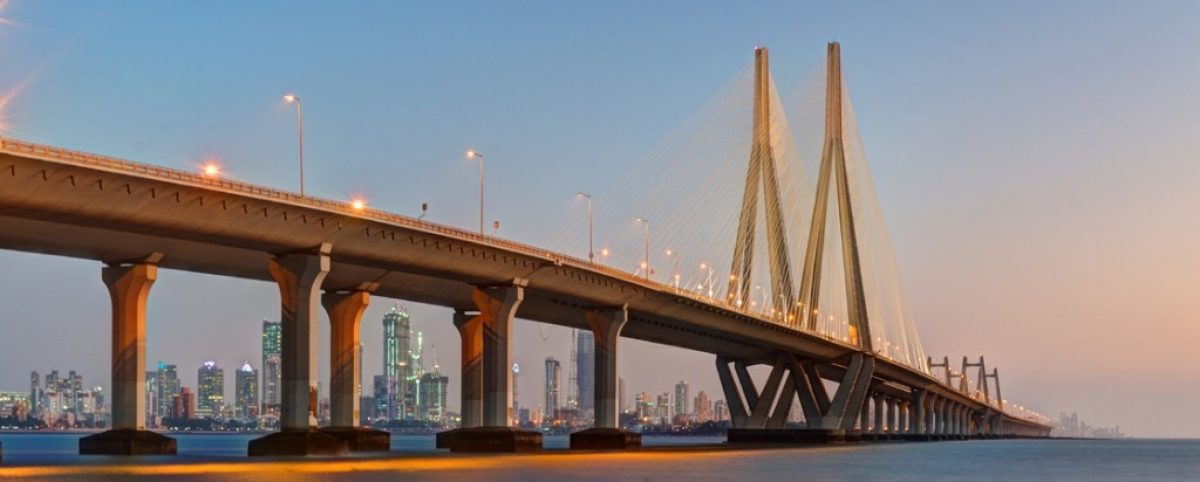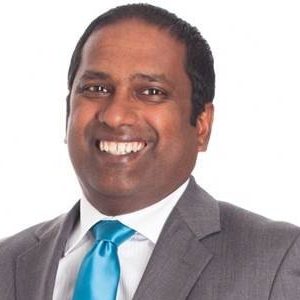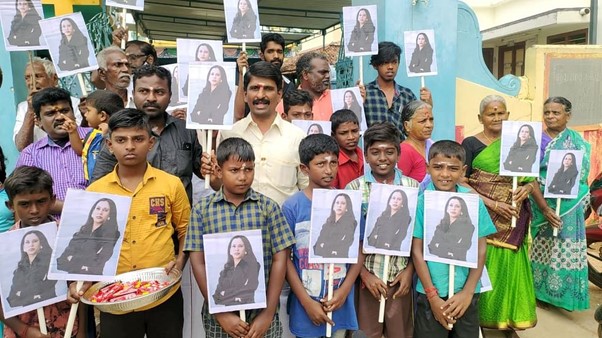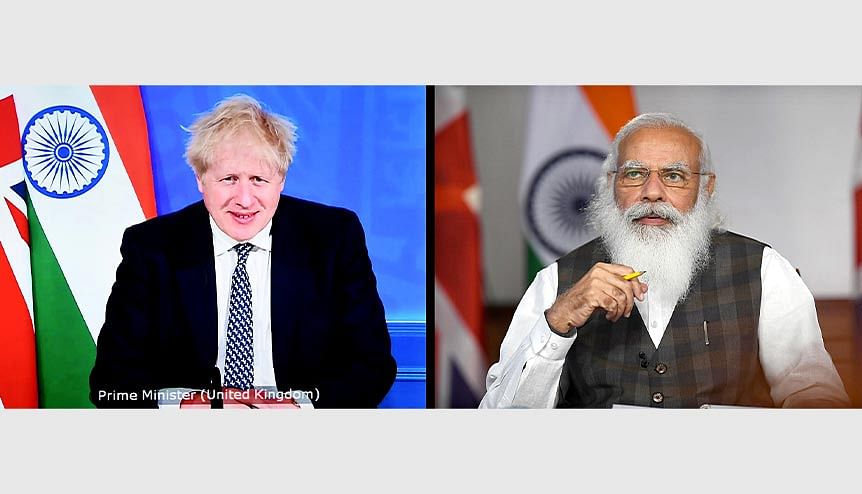For decades Ashith Kampani has been in the Mumbai financial markets, giving him a front and centre seat to the Indian start-up environment. Here is his review – the real story.
Globally start-up names have become common in our lives – twenty years ago, today’s top names such as Apple, Google, Microsoft, Amazon, Facebook, Alibaba, WeChat, Baidu, Uber, Ola, Instagram, Slack, PayPal, Tesla, SpaceX, Flipkart etc. did not exist or barely made a mark in the mind of consumers. These brands have made it to the top of the valuation charts over the last two decades.
Each firm named above has been funded by the elite global VC and Private Equity firms. This trend continues.
India is still in the catch-upstage of having an organised and monitored ecosystem for its indigenous start-ups. In the Indian start-up ecosystem local ideas and local capital pools locally are mismatched.
Although Indian Angel and Seed investors have been on the rise, risk appetite has not increased.
What is needed to encourage investment? Local investors need a curator who will qualify founders, whet business models and create capacity building. This will allow deep tech to grow locally.
The areas that Indian needs to develop more efficiency in are BFSI (Banking, financial services and insurance), CPG(Consumer Packaged Goods), Smart Infrastructure, Health Care, Real Estate, Defence & Aerospace.
BFSI and Health Care have many start-up names where optimisation and efficiency levels have shown some improvement but many existing large players in Banking and Health Care are dependent on legacy systems which will require a large capex to upgrade.
In CPG & Smart Infrastructure there are fragmented players. Real Estate has many platforms, but they are part of a broken ecosystem as they are mainly matching and advertising platforms. Defence and Aerospace are a restricted sector due to government controls. However, India needs local start-ups to provide the “make & made in India” technology. This is urgently needed.
India based or born start-ups include PayTm, FlipKart, Ola, Oyo, Baiju, Swiggy, Zometo, Grofers, Nyakaa etc. They are all 10-12 years old. None of them have a dominant market share and are burning funds to acquire customers.
With a few exceptions, founders’ stakes are diluted below 15% ownership. I am OK with equity dilution as founders may have faced challenges initially to raise capital. However, if these early-stage capital pools were raised within India and in INR (Indian rupee) that would be preferable to an infusion of USD denominated funds.
Today hardly any start-ups are indigenously funded onshore in India. This is changing. Select names such as Lets Venture, angel groups which are city centric and micro-VC firms have started to commit between $100K to $1 Million in pre-seed or seed rounds.
India needs few hundred start-up names to work along with platforms like Lets Venture and a few more to provide risk capital.
Accelerators are scarce and should be encouraged to scale rapidly as well.
India also needs a centralised monitoring system on how start-ups are faring and what kind of ecosystem support is needed. These platforms can keep an eye on the progress of start-ups and create visibility and business opportunities for startups by bringing synergistic players on.
For example, start-ups can raise initial capital and receive visibility on the platform. They are then discovered by larger enterprises that need their services. Such platforms can be initially funded by enterprises (mid to Large) who shall have first access to the innovations of the nurtured start-ups.
Sector Analysis for India
CPG and Retail
There are four big players: Amazon, Flipkart, BigBasket, Reliance. The first three are attacking the market from an e-commerce angle with an internet front end paired with a warehouse back end. They negotiate hard with CPG players and offer attractive lower prices to consumers to as well as home delivery. The fourth, Reliance Retail has tied up with Kirana stores for last mile delivery and storage. However, Kirana may lose its business to Reliance Retail in the distant future.
Both the models pose challenges to existing small stores. Today 85% of FMCG & CPG sales are in single or small stores while Ecom and organised retail have a combined market share around 15% (other names like Delhivery, ShopX, Udaan, RingRing are still growing while some have given up).
BFSI
This is the most active and largest sector where digital offerings have taken the front row. Frontend players like Digital Lending / Neo Banks/ Payments/ Foreign Exchange offer services which compete with large banks and lenders. There are many players who digitise middle and back-ops for fintechs, lenders and banks.
Competition is fierce and it is a dog-eat-dog market where service levels and delivery are key as pricing is dictated via negotiated deals. Barriers to entry are also high. Large entrants such as Amazon Pay, Google Pay, Phone Pe Bharat Pe have been more visible than silent players like Razor Pay, Pine Labs, Pay U etc. New Neo Banks have been creating a buzz as well (Epify, Jupiter, Niyo, Ocare etc). I have not factored in Jio, but they have big plans in BFSI.
Smart Infrastructure
One of the biggest markets with select international players in this market as local start-ups do not have enough funding yet. Personally, I would watch this segment carefully as new Indian players enter.
Health Care
This is now a most vibrant sector thanks to the recent pandemic Covid19. Vaccine creation to efficient delivery is a large and needed segment. Connecting the health of each individual (with assessment) into a seamless hospital, insurance and finance model will make a positive impact on many lives. Today we have cashless health insurance, but it is a fragmented system. Start-ups are better positioned to offer a solution to repair such an awkward process.
Real Estate
Real Estate is also a broken system in India. Renting or purchasing needs to be repaired as the experience is not seamless. Only some parts are digitised, and none offers an end-to-end service. This is a totally broken experience and must be repaired end to end.
Conclusion
The Indian market of 1.4 Billion people needs many start-ups to create products and services which suits the needs of Indian people. The road ahead in India and South Asia is extremely optimistic as start-ups can simplify, digitise and link together transactions.
The market opportunity is vast but initial funding needs to be localised and customised to the India based entrepreneur. More platforms that can offer funding, visibility, sales and exit needs to be encouraged.
About the Author
Ashith Kampani has spent 38 years in capital market. Journey began with family stock broking firm on Dalal Street open outcry system to all digital online trading systems. During this journey he spent time with retail, wealth management, institutional equities, private equities, Investment Banking M&A and now in Venture Capital and early-stage Investment and advisory. Worked with JV partner Morgan Stanley and before stepping down he was MD at JM Financial. Currently Chairman at CosmicMandala15 Group & Member of Managing Committee Bombay Chamber.













